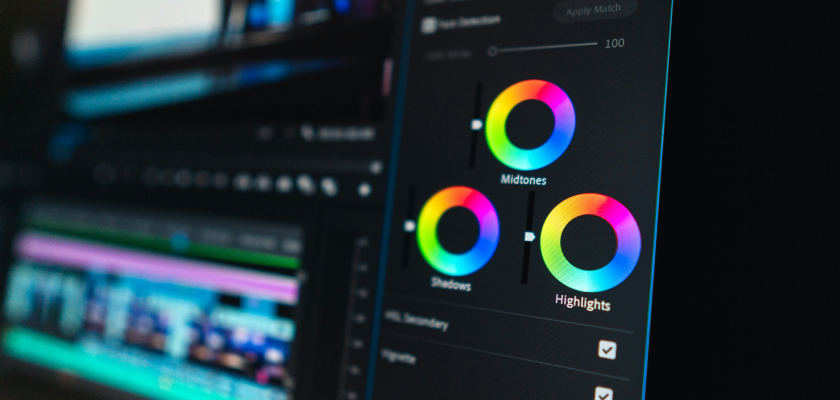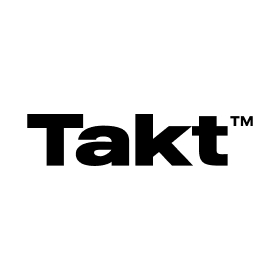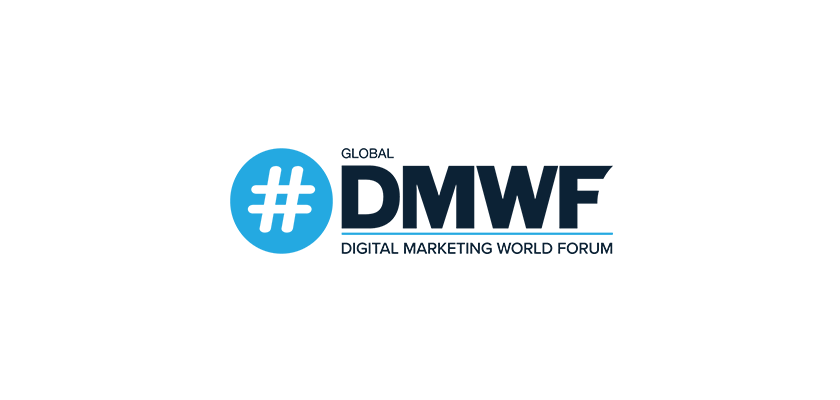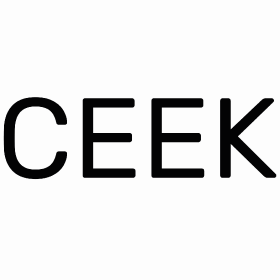
The Power of Video in Marketing: Leveraging AI Video Editor Tools for Success
With 70% of marketers considering video their most effective conversion tool, it’s evident that this medium has become crucial for businesses aiming to capture audience attention and drive results. However, creating compelling video content goes beyond simply pointing a camera and hitting record. It’s about crafting stories that resonate, engage, and convert – and that’s where AI video editor tools come into play.
To shed light on this, Podcastle, a leading AI-powered content creation platform, recently conducted a comprehensive survey of over 500 marketing professionals. This research offers valuable insights into the current state of AI adoption in marketing, revealing key trends that are shaping the future of content creation and distribution.
Let’s take a closer look at this survey’s findings and discuss their implications for marketers looking to leverage video content effectively.
The Rise of Video in Marketing
The numbers paint a clear picture: video content is dominating the digital space. Nearly 90% of marketers plan to increase their use of audio and visual content in the near future – a shift that’s driven by consumer demand, as two-thirds of audiences report that brands using video formats stand out more than those relying on other mediums.
This preference for visual content isn’t solely about entertainment. Sites featuring video content are 53 times more likely to reach the front page of Google search results, largely due to videos significantly impacting on-page retention by keeping viewers on websites for longer, improving engagement, conversion rates, and other SEO metrics.

Types of Marketing Videos
Marketing videos come in a variety of formats, each catering to diverse audience needs and marketing purposes. Some popular styles are:
- Explainer videos: Short, animated clips that break down complex concepts or introduce products concisely.
- Product demonstrations: Showcases that highlight a product’s features and benefits in action.
- Customer testimonials: Real-life stories from satisfied clients that build trust and credibility.
- Behind-the-scenes content: Glimpses into company culture or product development processes.
- Social media stories and reels: Bite-sized, engaging content tailored for platforms like Instagram and TikTok.
Regardless of the video format you choose, it’s best to consider what your marketing objectives are prior to the content creation process. Are you aiming to boost brand awareness, explain a new offering, or drive sales? Whichever your goals may be, they will shape your video strategy from start to finish.
The Role of Video Editor Tools
Historically speaking, producing studio-quality video content required expensive equipment and technical expertise, two factors which have become more costly. In 2023, for example, the going rate for podcast editing was $73 per hour, compared to $56 just two years prior. But today, AI-powered video editor tools have democratized the process, making it accessible to businesses of all shapes and sizes.
Modern, AI-powered editing software offer features such as automated editing, noise reduction, text-based editing, and much more. This repertoire of AI tools can help marketers achieve a handful of things with a fraction of the time and cost. You can now enhance low-quality footage, add professional touches like cinematic blur, and automatically balance audio tracks for consistency in just a few clicks.
For the 45% of marketers who rely on AI for video creation, it’s clear that platforms like Podcastle provide a major benefit across the entire content creation process. By integrating custom video solutions into your broader marketing strategy, brands can enhance audience engagement while simultaneously providing a personalized touch. Custom videos allow marketers to deliver targeted messages that resonate more deeply with individual viewers, driving brand loyalty and fueling conversion rates. Whether explaining a new offering or personalizing customer interactions, these tailored video experiences are proven to outperform generic content by capturing viewer attention and facilitating emotional connections.
Best Practices for Creating Marketing Videos
While it’s essential to prioritize the right tools, creating effective marketing videos involves more than just technology. Consider these best practices:
- Develop a solid script and storyboard: Map out your video’s flow and key messages before filming.
- Maintain brand consistency: Incorporate your brand’s visual elements to create a cohesive look.
- Optimize length: Decide whether short form or long form would be best for your setting and its target audience.
- Hook viewers early: Capture attention in the first few seconds to prevent scrolling.
- Include a clear call-to-action: Guide viewers on the next steps you want them to take.
Optimizing Videos for Different Platforms
Podcastle’s survey found that 26% of marketers report AI has optimized their social media advertising efforts, which includes tailoring video content for different platforms. Each social media platform has unique video requirements and audience expectations. For instance, Instagram Reels favor vertical, short-form content, while YouTube accommodates longer, horizontal videos. For these reasons, adapting your content for each platform is crucial.
Consider crafting multiple versions of your video to suit various platforms. Take a comprehensive YouTube video and segment it into shorter clips for Instagram, LinkedIn, or TikTok. A clip creator can also help you experiment with different video formats, making it easier to test what resonates best with your audience on each platform.
Measuring Video Marketing Performance
According to Podcastle’s research, 31% of marketers say AI has streamlined their content creation and distribution processes – which includes analyzing video performance metrics.
To ensure your video marketing efforts are effective, there are a handful of key performance indicators (KPIs) that would be worth tracking over time to understand what works, what doesn’t, and what should be improved. Some of these are:
- View count: The number of people watching your videos.
- Play rate: The percentage of page visitors actually engaging with your video.
- Engagement: Metrics such as likes, comments, and shares.
- Conversion rate: The extent to which your videos drive desired actions (sales, sign-ups, etc.).
Leverage this data to refine your video strategy over time, focusing on what resonates best with your audience.
Final Thoughts
Video content has evolved into a cornerstone of effective digital marketing strategies. With AI video editor tools at their disposal, businesses of all sizes can now produce professional-quality content that captivates audiences and yields results. By understanding the video formats that connect with your viewers, tailoring content for different platforms, and consistently evaluating your performance, you can unlock the full potential of video marketing.
With 71% of American marketers spending up to $50 monthly on AI tools, the investment in video editing software is becoming increasingly common and valuable. Your audience – and your bottom line – will reap the benefits.
























